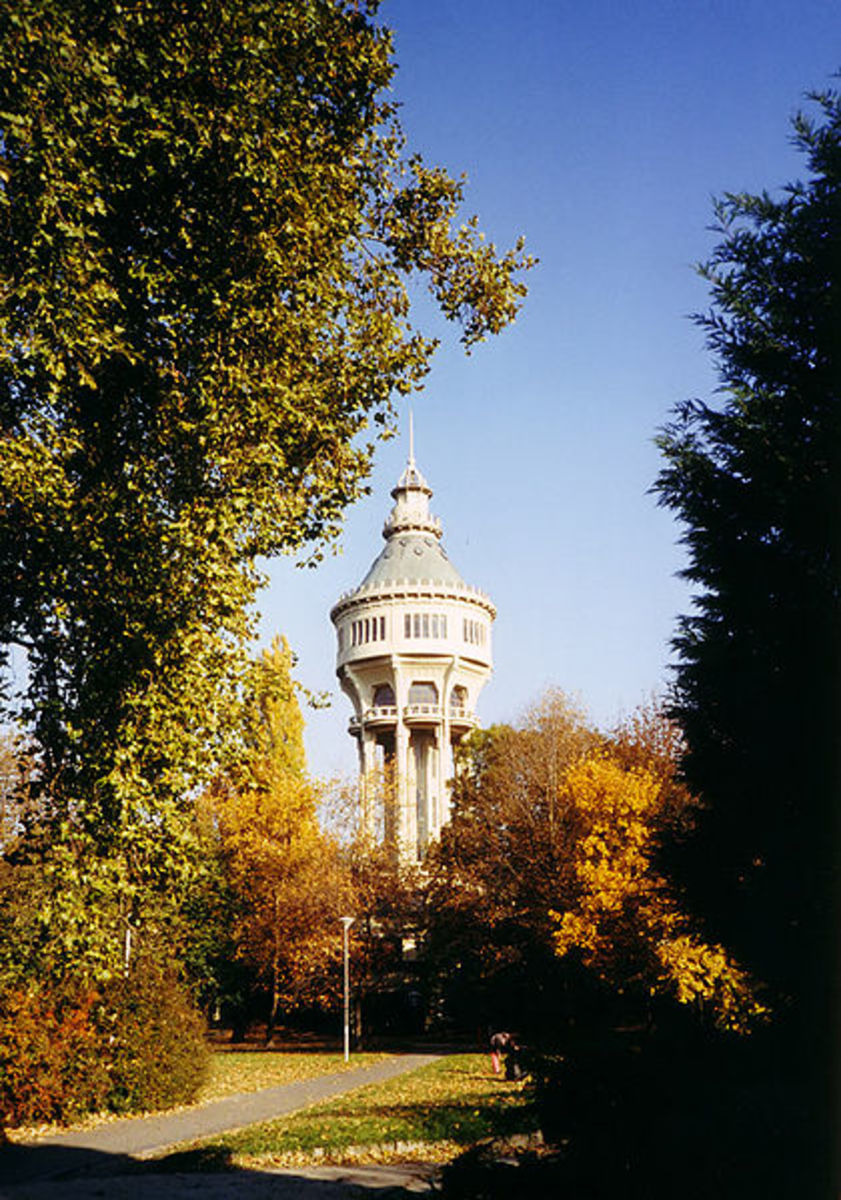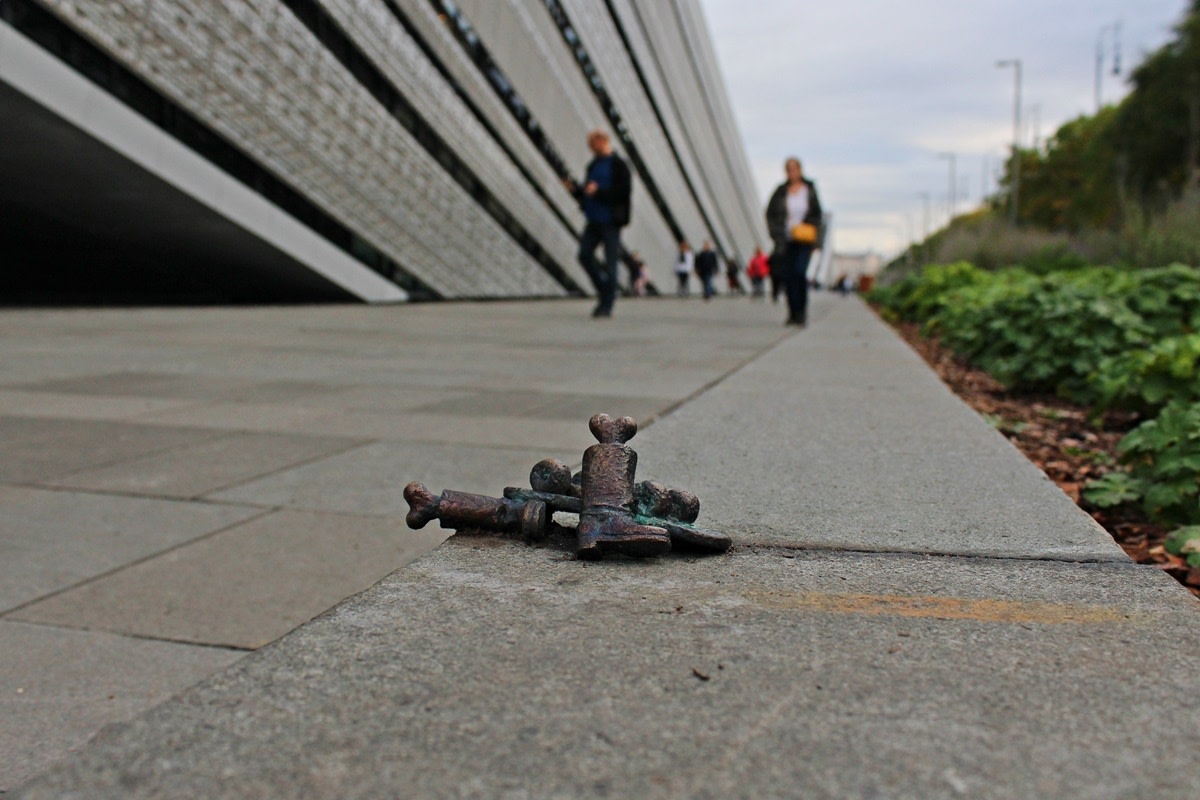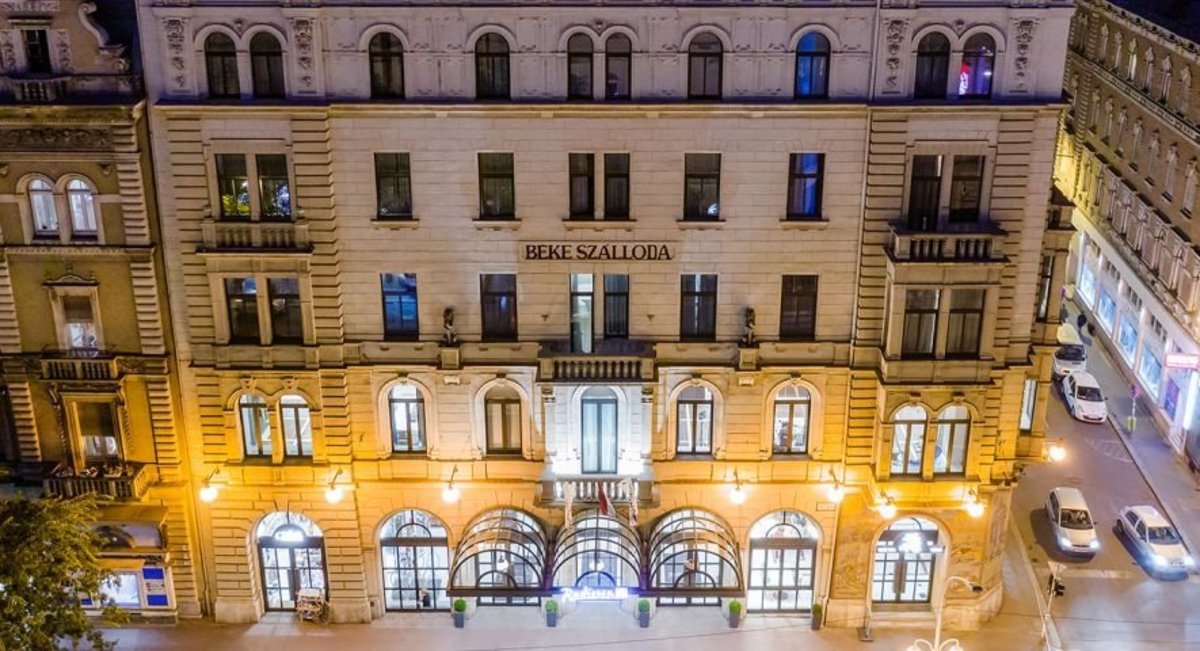Travel to Hungary: Three Secret Landmarks and Museums in Budapest
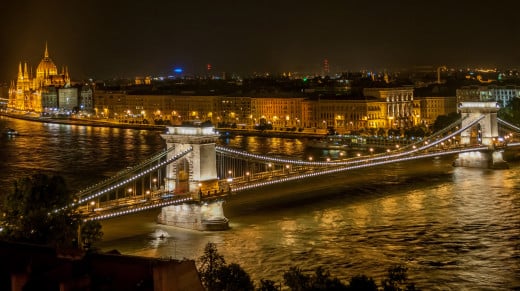
Introduction
Budapest was founded in 1873 when the three cities of Buda, Pest and Óbuda unified. The city itself has been a center of trade and culture ever since the middle ages, and grew to be the capital of Central Europe by the end of the 19th century, with the grand millennium celebrations carving it a permanent place on the cultural map of Europe.
These celebrations commemorated the thousandth birthday of the country after the entry of the ancient Hungarians to the basin, and during these numerous landmarks were built, for example the heroes' square, the first underground railway in continental Europe, and a huge and marvelous parliament building that is still the largest building in Hungary and the tallest in Budapest, as well as the third largest in the world.
The other side of Budapest
Budapest has another side too. A more shady side, beneath the streets. The nearby mountains are rich in caves and thermal waters, and the castle hill has a whole system of cave mazes underneath. These were used both as storage in peace times and as refuge when war arrived to the city, for example during the second world war and the long-lasting siege of the castle.
Remains of these can be visited by tourists, and provide a glimpse at another side of a city: the hidden chambers of secret agencies, the refugees of monks and even and underground hospital with cold-war era equipment.
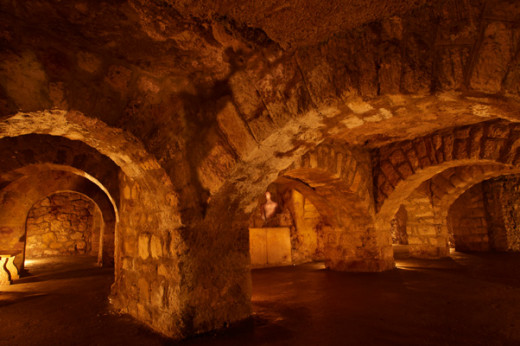
The Labyrinths and Caves of Buda Castle
There is a whole system of natural and carved caves underneath castle Buda. During the years these were used to store supplies, imprison enemies of rulers (like Vlad Tepes, or Dracula for his better-known name) as well as to hide from attackers that besieged the castle, even for the second world war.
During the siege of Budapest, the labyrinths served as shelter for ten thousand citizens.The caves were re-opened to the public and now contain exhibitions of wax figures and stone remains from the city.
Go after the souls of the dead, in the footsteps of vampires. Visit the amazing 1000 metres long Labyrinth and the Dracula’s chamber.
— Introduction from the official websiteLocation and other information
The exhibition's entrance is found at Úri street 9, close to Trinity square in the castle district. Entry is available every day of the week, from 10:00 to 19:00, with oil-lamp tours after 18:00.
Official website (English).
- Homepage - Labyrinth in Castle Buda! - Official Website
Do you consider yourself brave enough for a ghost hunt in the Labyrinths? Set off on a journey to find the souls of the dead and vampires, explore the Black Count's den in the Labyrinths.
The Underground Hospital and Fallout Shelter
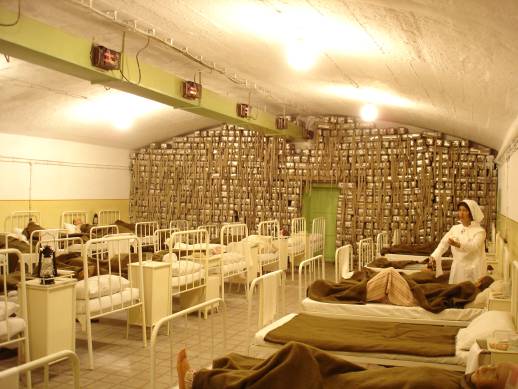
During the second world war, need for an air-raid shelter and an emergency hospital arose in Budapest as the battles were turning on the eastern front. Constructions were finished in 1944, and the hospital proved to be invaluable during the siege of Budapest.
The underground structure was neglected after the second world war, only serving as a production plant for vaccines. It was however classified in 1950 and re-equipment started, restoring the hospital's former function.
During the revolution of 1956 the rebels captured the complex and it served as an emergency hospital once again. After the defeat, it was converted into a secret cold-war fallout shelter, with only two people sure about its existence from the 80s to the early 2000s.
In 2008, a museum was opened withing the forlorn halls, displaying authentic wax figures in certain historical scenes as well as an exhibition of the cold-war era equipment.
In 2007, on the initiative of the Ministry of Defence Military History Institute and Museum, the facility was renovated with the help of several professional organizations. It was partially opened to visitors on Museum Night in 2007. Following further work, it has been continuously open as an exhibition facility since March 11, 2008. In 2010, the Ministry of Culture and Education classified it as a museum collection of public interest and now it functions as a national collection point for its s
— Official WebsiteThe entrance to the hospital is located on Lovas street, which provides ample opportunities for parking.
Location and other information
The entrance is located under 1012 Budapest, Lovas út 4/c. The hospital is open all year round for all days of the week except for holidays specified on the website, each day from 10:00 to 20:00. Groups can be pre-registered and guided tours can be booked in English.
Official Website (English)
- Hospital in the Rock - Official Website
Visit the underground hospital for a tour of an authentic cold-war era complex that reflects the history of Budapest and the many miseries the citizens endured during the past century.
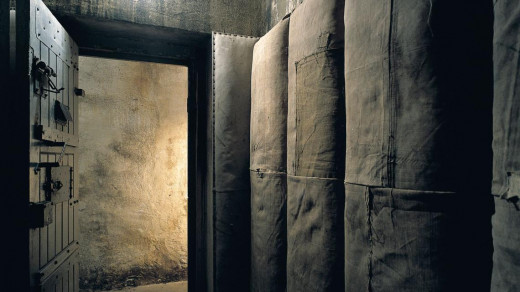
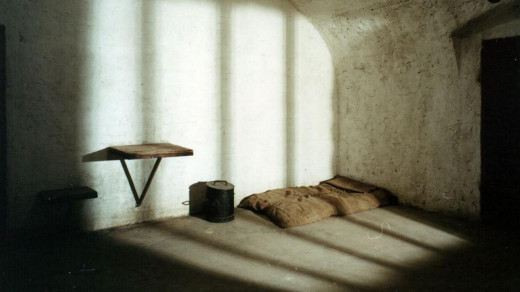
The House of Terror and its Underground Jail System
The townhouse towering at Andrássy 60 has been a controversial building ever since it was acquired by the arrow-cross Nazi party during the second world war. After the expulsion of the Nazis and the arrival of the Soviets, need for a secret agency arose and the ministry of interior chose the exact building as headquarters that served the Nazi party only years ago.
From 1944 to 1956 the building saw torture, beatings, abductions, imprisonment and the ever-present paranoia of the secret police. The building was emptied after the revolution and served as an office block, but the citizens did not forget where the black Pobedas headed in the middle of the night.
In the early 2000s a trust decided to acquire the whole building and create the first ever major exhibition of totalitarian terror in Europe. The museum's opening was welcomed all around the world, although criticized as well. Many of those named "responsible" on the wall of suspects within the basement hold political positions nowadays in Hungary, others spend their times in retirement with no questions ever asked from them about the House of Terror.
The museum's halls showcase life during the early cold wars in Hungary, and at the end of the first and second floor exhibitions a lift transports the visitors to the cellar, one of the most touching museum parts one could ever visit in a lifetime.
The cellars, the huge basement jail system, was reconstructed based on survivors' descriptions and documents found in the archives.It includes torture chambers of all kinds, the terrible conditions that awaited all tenants and a reminder of what totalitarianism leads to: gallows brought to the museum from the prison of Vác, one that was used for executions.
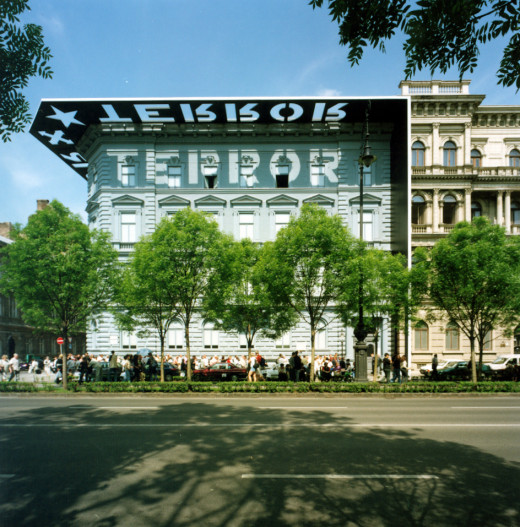
The House of Terror towers above one of the most beautiful avenues of Europe, the Andrássy avenue.
Location and other information
The House of Terror is easily accessible through public transportation, which is the suggested method of approach due to lack of parking space nearby. The historic millennium metro line (M1) has a station close to the museum. The museum is closed Mondays, but open all other days from 10:00 to 18:00.
Official Website (English)
Read more on Hungary's totalitarian past
- Interesting History: Secret Police during the Totalitarian Dictatorships of Hungary
During the Soviet occupation, Hungary was governed by a dictatorship closely interwoven with Soviet agents. This article aims to provide a glimpse on how the secret agencies functioned in Hungary.
© 2015 Medvekoma


